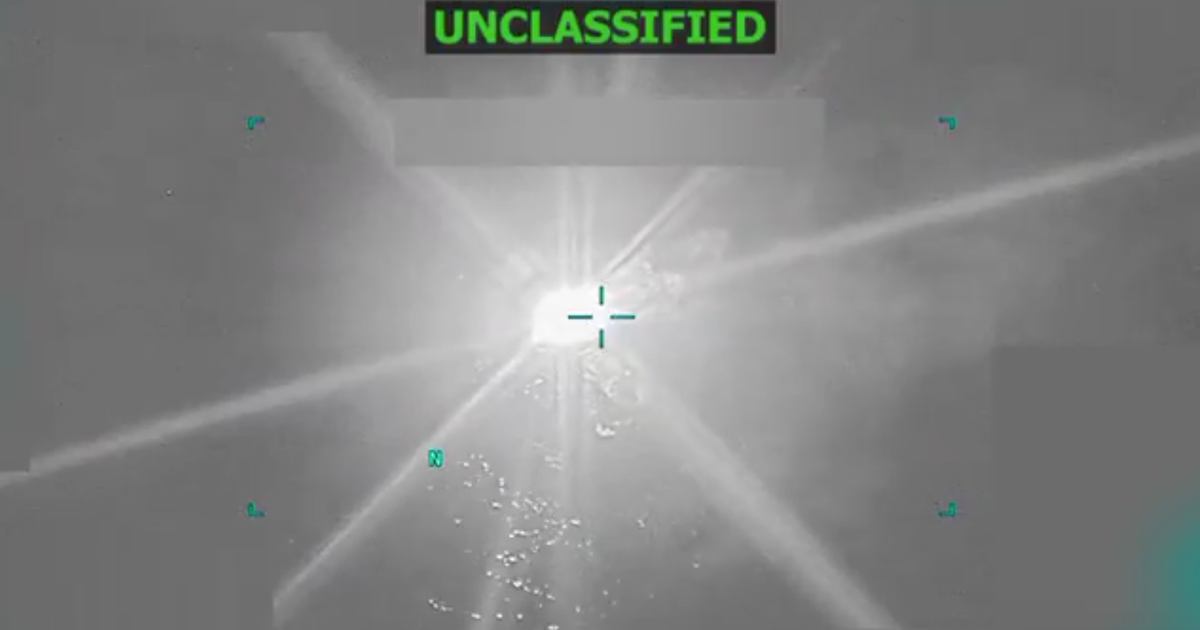A North Carolina man is still fighting a serious bacterial
infection that landed him in an Outer Banks ICU for more than a week. His case is one
of a handful reported this year, drawing attention to a potentially deadly bacteria
found in coastal waters.
Vibrio Vulnificus is a flesh-eating bacterium that
can cause serious illness and lead to sepsis, shock, and large blisters that
destroy tissue.
The bacteria live in brackish water – a mixture of fresh and
salt water. North Carolina is home to several areas where Vibrio Vulnificus
could flourish near the coast, especially during warmer months.
An infection usually occurs in two ways: if someone has an
open wound and enters brackish water, or if someone eats contaminated raw
shellfish, usually oysters.
Infections are rare but can be fatal. About 1 in 5 people with
Vibrio Vulnificus will die, sometimes in as little as 1-2 days, according
to the CDC.
North Carolina has already reported one confirmed death from
Vibrio Vulnificus this year.
NCDHHS data shows 59 total cases of Vibrio were reported
between January 1-July 31, 2025. Of them, 7 are confirmed Vibrio Vulnificus
infections.
Those at the highest risk of infection are those who:
·
Have cuts, scrapes or surgical wounds and go
into brackish water
·
Have weakened immune systems
·
Eat raw oysters or undercooked seafood
While longer, warmer seasons are allowing more bacteria to
grow, the average beachgoer’s risk remains low. For reference, roughly 5
million people visit the Outer Banks every year, according to the Outer
Banks Chamber of Commerce.
NCDHHS State Veterinarian Carl Williams said he wants people
to know it’s still safe to go enjoy the beach, but it’s important to manage
risk of Vibrio infections.
“Don’t be afraid to go,” Williams said. “Just know, like
anything, that every activity is probably going to have a certain amount of
risk associated with it. If you have a wound, cover it before you go into salt
water. If you sustain a wound while you’re in the water, come out and wash it.”
The state health expert explained Vibrio Vulnificus that
causes necrotizing fasciitis, as well as Vibrio Parahaemolyticus and Vibrio Alginolyticus that cause the food-borne illnesses, are all normal
inhabitants of a marine environment, like those found on North Carolina’s coast.
He added, “Our message to people is yes, they’re in the ocean
and the sounds, but they’re supposed to be there. You can take precautions to
make sure you don’t get infected.”
People heading to the beach can take these simple measures
to significantly reduce risk of vibrio infections:
·
Avoid eating raw or undercooked seafood
·
Shower with soap after leaving the beach
·
Cleaning cuts and wounds with hydrogen peroxide
·
Cover wounds with waterproof bandages when
entering brackish water
Symptoms of a Vibrio Vulnificus infection can occur
within 1 to 2 days. Health officials said early warning signs need to be taken
seriously.
If you experience any of these symptoms, seek medical
attention immediately:
·
Redness or swelling near a wound
·
Skin blisters or pain
·
Fever
·
Diarrhea
·
Vomiting
·
Chills
·
Swelling
·
Discharge or discoloration at wound site
Source link

